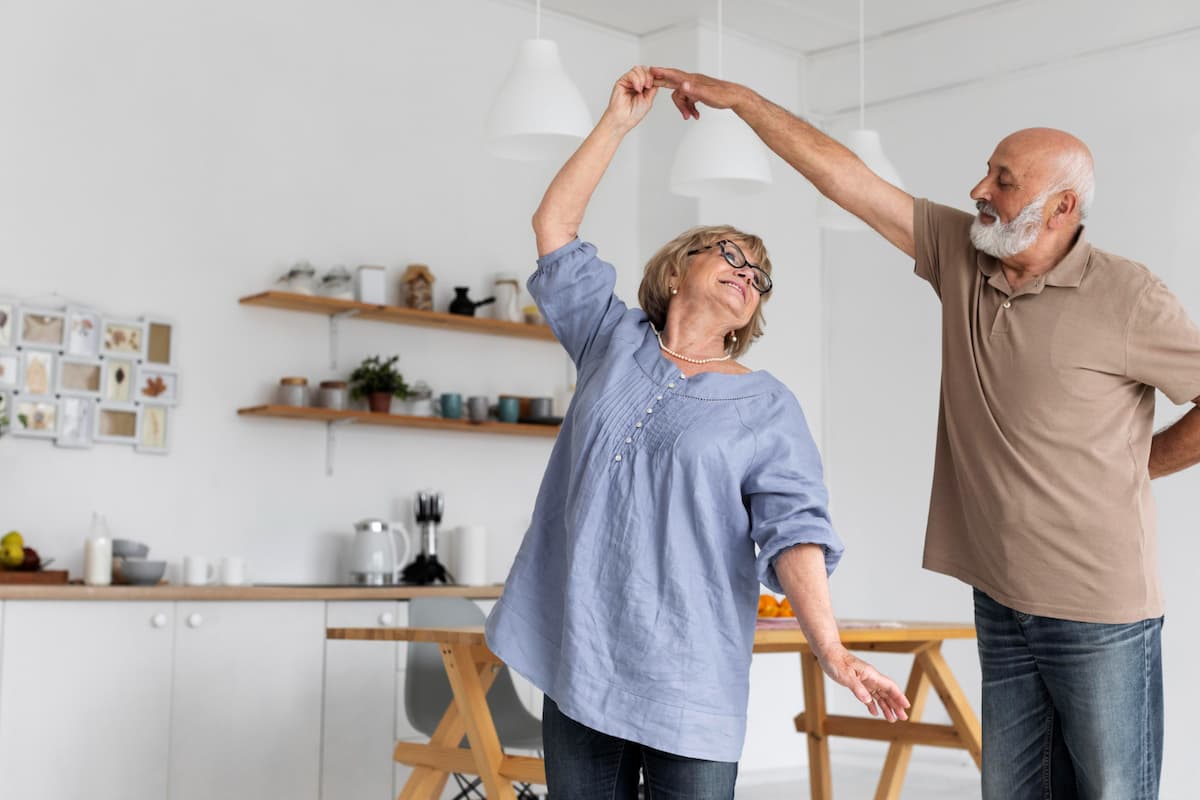Professor Patricia Melasso Garcia, from the UDF Architecture and Urbanism course, explains that a place specially designed for the elderly, must have good accessibility, safety and comfort
Everyone's home reflects their lifestyle, your personality, wills, dreams, preferences and even which generation the individual belongs to. Because of that, your home should be a welcoming place, comfortable, safe and meets all your needs, regardless of age.
To Professor Patricia Melasso Garcia, from the Architecture and Urbanism course at the University Center of the Federal District - UDF, institution belonging to the Cruzeiro do Sul Educacional group, explain what, the space destined for a certain age group is what serves all its users. In other words, must be adapted in terms of accessibility, comfort, ease of travel and safety.
“A room aimed at seniors, except under conditions in which the norm establishes its own rules depending on the use, must include all ages. This is what we call “universal design”. In other words, to architecture must be inclusive and adapt to all generations. For example: a bench in a square should allow an elderly person to sit and a child to climb on it too. Just as a sidewalk strip should allow a wheelchair user to walk as well as an obese person or with mobility limitations to use it.”
“It is extremely important that there is good accessibility, such as the use of ramps and slight inclines on sidewalks and displacements. As well as doors and spaces that allow a wheelchair to turn and furniture of a height accessible to the user's condition.. Large-size visual signage is also important, such as faucets and valves with simple movement for opening and closing.”
Non-slip floors with no gaps that prevent feet from sliding should be chosen. The ideal is to adhere to doors with inclined sills and not steps., in addition to taller windows and guardrails to prevent falling. double handrails, at sufficient heights for good grip are a good choice.
The teacher also mentions the comfort: “spaces with the possibility of changing the temperature depending on the needs of the elderly are great options. If possible, rooms that allow beds for physical and medical assistance. The environment is airy, illuminated, coated and with stimulating colors makes all the difference. In addition to cabinets and drawers suspended at the height of the trunk so that the elderly person does not bend down when picking up objects”.
The teacher listed tips for making spaces more accessible to the elderly:
- Enlargement of room doors, rooms and bathrooms;
- Increased box width;
- Inversion of the direction of the doors to the outside;
- Replacement of flooring in residences for non-slip floors;
- Replacement of the bathtub with shower seats or chairs in the shower stalls;
- Installation of small ramps next to steps and stairs or small elevators when the housing has.
When carrying out these types of planning and changes, the financial concern also arises, because it is necessary to pay attention to the smallest details. The teacher explains that some project items may be more expensive, activate. A good non-slip floor, a faucet with a simpler lock, a special height bed costs more. However, if the project is thought in its entirety, before the aging of its users, costs are compensated for throughout the useful life of the building.
Sign up to receive Decor News first!
Sign up to receive Event News
and the Universe of Arts first!
Patricia ends by saying that the contemporary lines of design in architecture refer to universal design or architecture for all. Thus, always the greatest assumption to follow is the one that allows the space to be used by anyone, of any age.
About UDF – The museum was created in 1967, the University Center of the Federal District (UDF) is the first private institution of higher education in the capital of Brazil. Traditional institution in the teaching of Law, the UDF also has respected courses in the business area, health and technology, in addition to offering postgraduate courses lato and in the strict sense, and outreach programs aimed at the external community.
Belongs to the Cruzeiro do Sul Educacional group, one of the most representative in the country, that brings together academically relevant institutions and recognized brands in their respective markets, such as Cruzeiro do Sul University and City University of São Paulo – Unicid (São Paulo/SP), University of France – Unifran (Franca/SP), Federal District University Center – UDF (Brasília/DF, Our Lady of Patrocínio University Center – Ceunsp (Itu and Salto/SP), São Sebastião College - FASS (São Sebastião/SP), Module University Center (Caraguatatuba/SP), Cesuca University Center (Cachoeirinha/RS), Serra Gaúcha University Center – FSG (Bento Gonçalves and Caxias do Sul/RS), University Center of João Pessoa – Unipê (João Pessoa / PB), Braz Cubas University Center (Mogi das Cruzes/SP) and Positive University (Curitiba and Londrina /PR), in addition to basic education and technical education schools.
Visit: www.udf.edu.br

